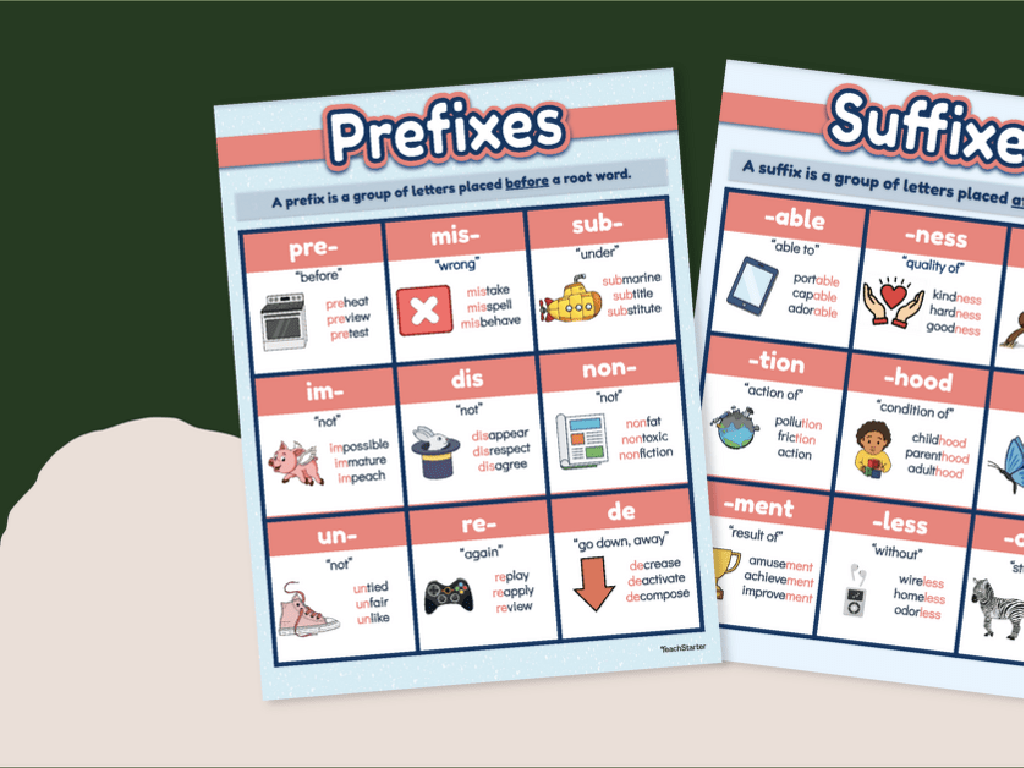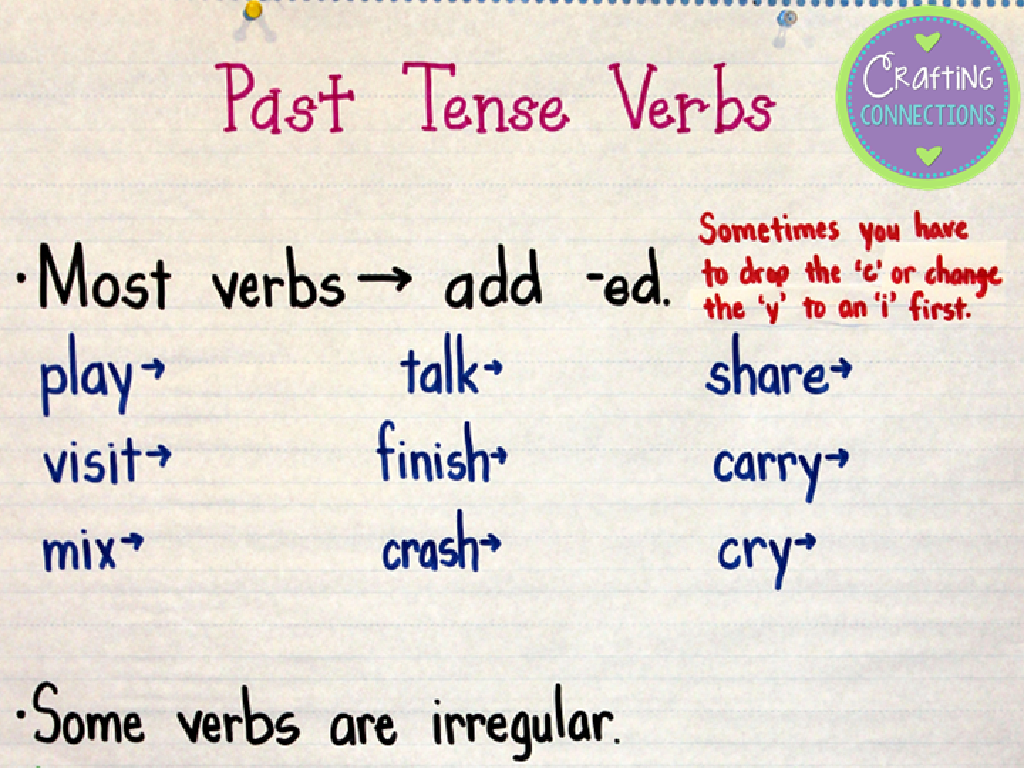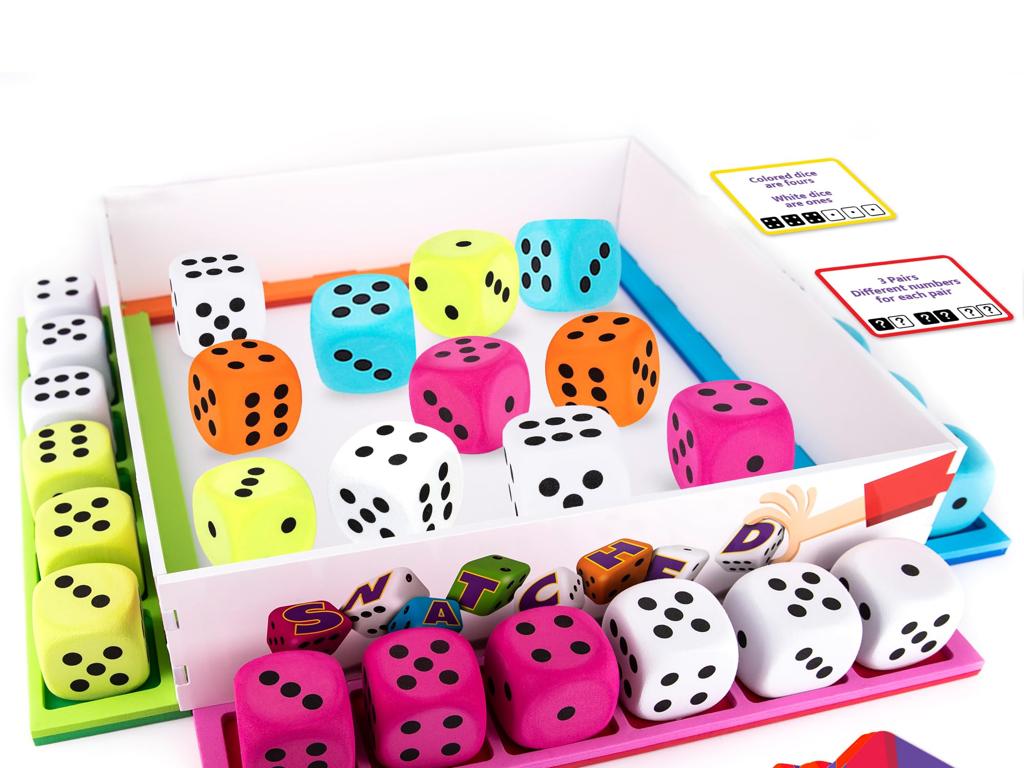Integer Multiplication And Division Rules
Subject: Math
Grade: Eighth grade
Topic: Integers
Please LOG IN to download the presentation. Access is available to registered users only.
View More Content
Welcome to Integers!
– Understanding Integers
– Integers include whole numbers and their opposites
– Real-life integer examples
– Elevator floors below ground, temperatures below zero
– Review: Positive & Negative Numbers
– Positive numbers are above zero, negative numbers are below
– Multiplication & Division Rules
– Same signs multiply/divide to positive, different signs to negative
|
This slide introduces the concept of integers and their practical applications. Integers are the set of whole numbers and their opposites, including zero. Provide real-life examples such as temperatures, financial transactions, or elevations to help students relate to the concept. Review the basics of positive and negative numbers, ensuring students understand that positive numbers are greater than zero, while negative numbers are less than zero. Introduce the rules for multiplication and division of integers, emphasizing that the product or quotient of two integers with the same sign is positive, while the product or quotient of two integers with different signs is negative. Encourage students to think of scenarios where they might need to multiply or divide integers.
Multiplying Integers: Rules and Examples
– Understand rules of multiplication
– Same signs yield a positive product
– Example: (+2) x (+3) = +6
– Different signs yield a negative product
– Example: (+2) x (-3) = -6
– Practice with class examples
|
This slide introduces the fundamental rules for multiplying integers, which is a key concept in understanding algebra. Start by explaining that the product of two integers depends on the signs of the numbers being multiplied. If the integers have the same sign, whether positive or positive, the result is always positive. Conversely, if the integers have different signs, the product is negative. Provide clear examples for each rule to solidify understanding. Encourage students to solve problems in pairs or groups to promote discussion and peer learning. After explaining the rules, engage the class with several practice problems to apply what they’ve learned. This interactive approach helps students to grasp the concept more effectively.
Multiplication Practice: Class Activity
– Pair up for problem-solving
– Discuss rule-remembering strategies
– Mnemonics or patterns can aid memory
– Share solutions with peers
– Explain how you solved the problem
– Reflect on different methods
– Compare approaches to find the best one
|
This slide sets up a collaborative class activity focused on practicing integer multiplication. Students should pair up and work together to solve a set of multiplication problems. Encourage them to discuss and share strategies for remembering the rules of integer multiplication, such as the sign rules (positive times positive equals positive, etc.). After solving the problems, pairs will share their solutions and methods with the class, fostering a collaborative learning environment. As a teacher, facilitate the discussion by asking students to reflect on the different methods used and to consider which strategies are most effective for them. Provide guidance and clarification as needed. Possible activities: 1) Multiplying positive and negative integers, 2) Creating a ‘rules cheat sheet’, 3) Peer teaching, 4) Group competition on who can solve the most problems correctly.
Dividing Integers: Rules and Examples
– Rules for dividing integers
– Same signs yield a positive
– When both integers have the same sign, the result is positive (e.g., -8 ÷ -2 = 4)
– Different signs yield a negative
– When integers have opposite signs, the result is negative (e.g., 8 ÷ -2 = -4)
– Class example walkthrough
– We’ll solve examples together to understand these rules
|
This slide focuses on the fundamental rules for dividing integers. Start by explaining that division is similar to multiplication when it comes to signs. Emphasize that if the signs are the same, the quotient is positive, and if the signs are different, the quotient is negative. Use clear examples to illustrate these points. During the class, work through additional examples interactively, asking students to predict the sign of the quotient before solving. This will help reinforce their understanding of the rules and prepare them for more complex integer operations.
Division Practice: Mastering Integers
– Solve individual division problems
– Partner check for correct answers
– Compare solutions and learn from each other
– Class review of challenging problems
– Discuss and clarify any misunderstandings
– Understanding integer division rules
|
This slide is focused on reinforcing the rules of integer division through practice and collaboration. Students will work individually on a set of division problems involving integers to apply the rules they’ve learned. After completing the problems, they will pair up with a partner to check their answers, providing an opportunity for peer learning. Any problems that were particularly challenging for multiple students will be reviewed as a class to ensure understanding. The teacher should prepare a diverse set of problems with varying difficulty levels and be ready to facilitate discussions during the class review. Possible activities include: solving problems on whiteboards, creating a gallery walk of solutions, or a ‘find the mistake’ activity where students analyze and correct intentionally incorrect solutions.
Integer Operations Game
– Engage in multiplication & division game
– Apply integer operation rules
– Remember: Same signs multiply/divide to positive, different signs to negative
– Reflect on game strategies
– Think about what helped you succeed. Was it memorization or understanding?
– Discuss helpful techniques
– Share strategies that worked, like using number lines or patterns
|
This interactive game is designed to reinforce the rules of multiplying and dividing integers through practice. Encourage students to apply the rules they’ve learned about integer operations. For example, when multiplying or dividing two integers with the same sign, the result is positive, while different signs result in a negative outcome. After the game, lead a discussion where students reflect on the strategies that helped them during the game. Did they rely on rote memorization, or did they understand the underlying concepts? Encourage them to share their techniques, such as visualizing with a number line or recognizing patterns, which can help their peers. This reflection will help solidify their learning and promote strategy sharing among classmates.
Class Discussion: Integer Operations Recap
– Recap of today’s integer rules
– Importance of multiplication/division rules
– Understanding these rules is crucial for solving math problems accurately.
– Applying rules to real-life scenarios
– Consider finances: calculating profit/loss, or temperature: understanding changes in degrees.
– Open discussion and questions
|
This slide aims to consolidate the day’s learning by encouraging students to reflect on the integer multiplication and division rules they’ve learned. Start by asking students to summarize the rules, fostering a collaborative learning environment. Emphasize the importance of these rules in various mathematical operations and their practical applications, such as in financial calculations or understanding temperature changes. Encourage students to think of additional real-life examples where these rules are applicable. Conclude with an open discussion, allowing students to ask questions and clarify any doubts, ensuring they leave the class with a solid understanding of the concepts.
Homework: Mastering Integers
– Complete the practice worksheet
– Focus on integer multiplication and division problems
– Study for the upcoming integers quiz
– Review notes and practice problems to prepare
– Apply multiplication and division rules
– Remember the rules: same signs multiply to positive, different signs to negative
– Check your answers for accuracy
– Ensure you’ve followed the rules and recheck your calculations
|
This homework assignment is designed to reinforce today’s lesson on integer multiplication and division rules. Provide students with a worksheet that includes a variety of problems to practice. Remind them that understanding these rules is crucial for their quiz in the next class. Encourage them to use the rules we’ve learned, such as ‘multiplying or dividing integers with the same sign results in a positive integer, while doing so with integers of different signs results in a negative integer.’ Students should also be reminded to double-check their answers for accuracy, as this will help them prepare for the quiz and improve their problem-solving skills.






